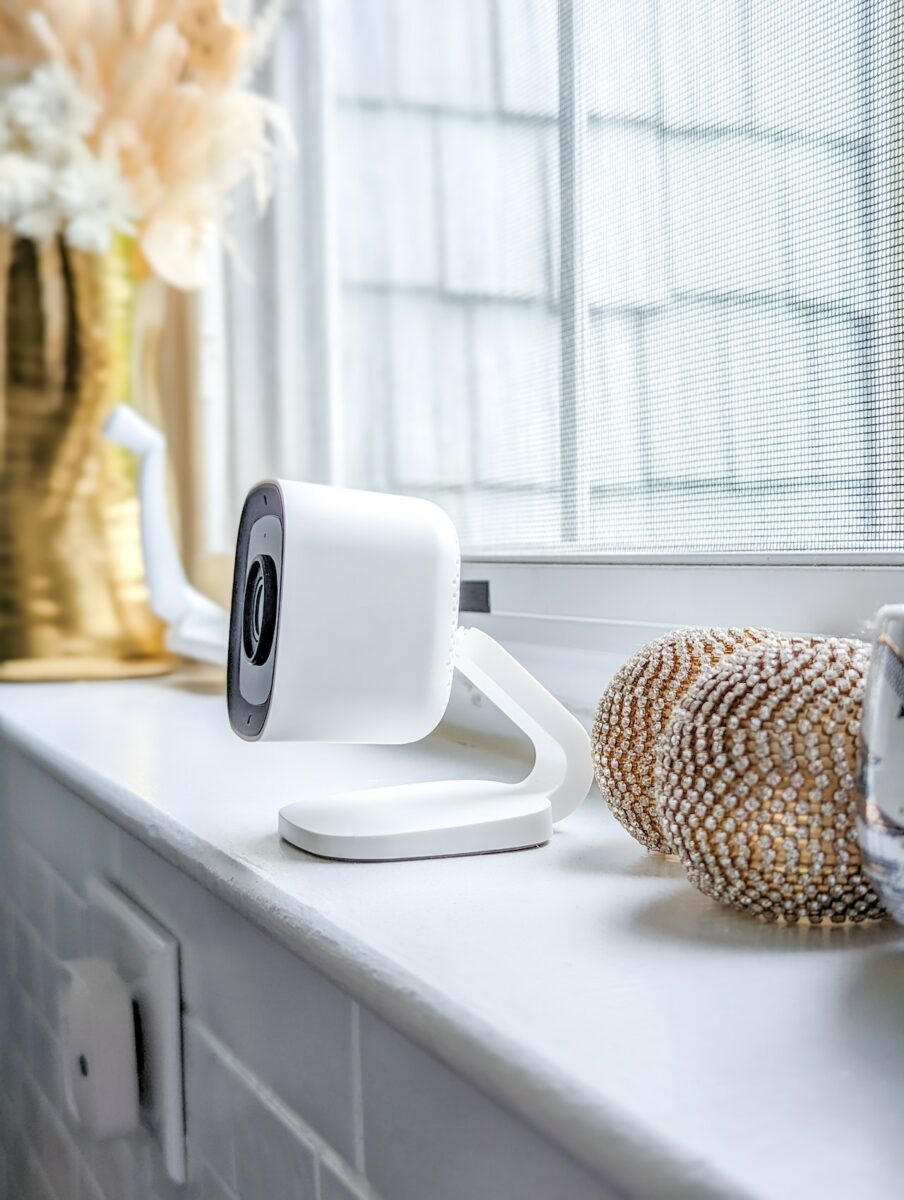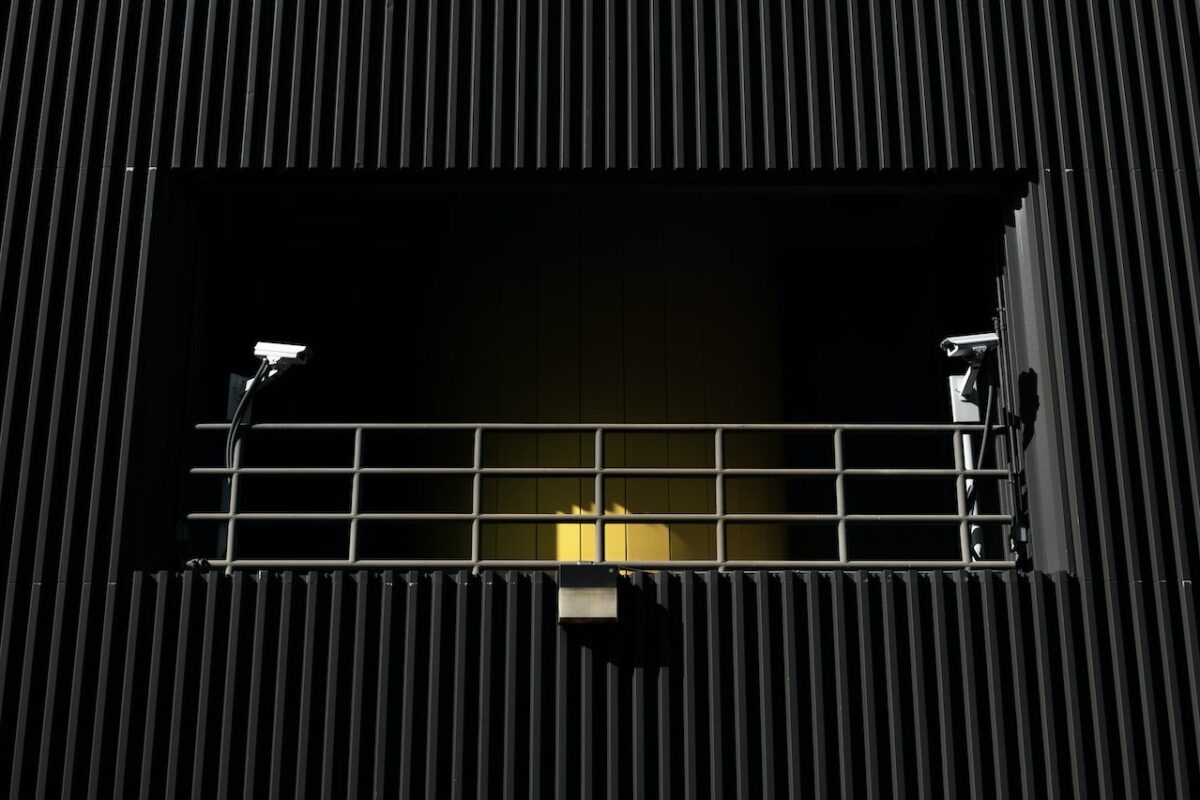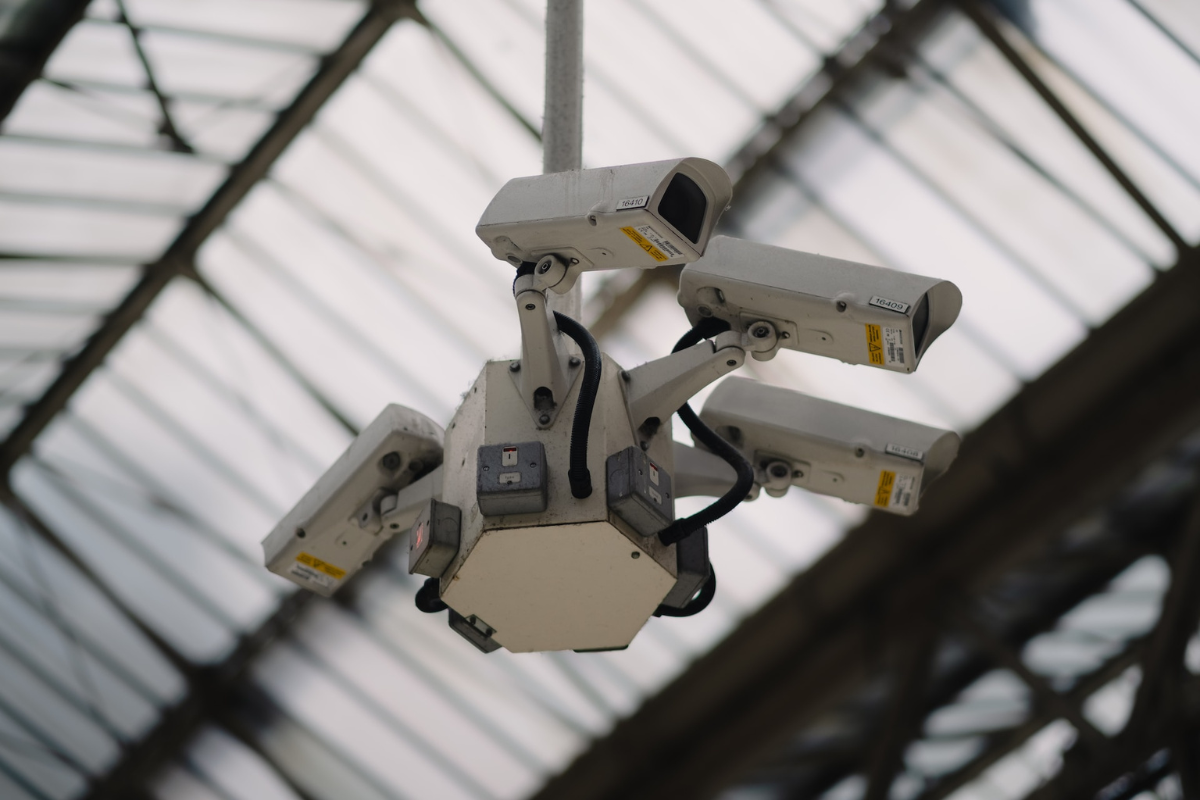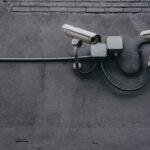Security breaches are a growing concern among renters and owners of multi-family buildings.
It’s comparatively easier to ensure safety in a home or a commercial building, but a multi-family complex or building brings with it a host of potential security breaches.
The problem is mainly because such a building not only has a higher number of tenants, but also facilitates third-party vendors, maintenance workers, delivery drivers, and guests or visitors.
It’s imperative, therefore, to think about security from a fresh perspective when it comes to operating and managing such a complex.
Post Contents
Significance Of Robust Security Systems In Multi-family Complexes
A safe and secure living experience is at the heart of every tenant or homeowner. It’s easily one of the highest priorities.
People might be willing to compromise a little on their daily work commute by choosing a location a little far away or increasing their budget slightly to add more living amenities. A lot of considerations are, therefore, quite flexible.
The one thing that nobody will compromise on is security.
It becomes extremely important to ensure security on the premises. Safety from theft, vandalism, break-ins, and violent crimes, especially in more violence-prone areas, is simply the #1 concern of any tenant.
If you can ensure robust security, not only will you be improving tenant satisfaction and retention rates, but you will also be increasing the property value.
Get in touch with a well-known turn-key security solutions company to better understand your property’s needs.

Types Of Security Systems
The exact security system design differs from building to building. There is no one “perfect” solution.
What’s ideal for you might not work for another building. But there are a few key components of a robust security system.
Let’s go over some common types of designing security systems.
Surveillance Camera Systems
It’s the most common, basic, and simplest security setup. You cover all critical spots (mainly entry points) with high-quality CCTV cameras and control them all from a central dashboard.
How many cameras you need depends on the size of the complex or building and any past security breaches.
Surveillance camera systems can easily monitor common areas while alerting property managers of any suspicious activity. 24×7 manual supervision is not required if you go with high-end options.
Access Control Systems
Key fobs, security codes, and other components of access control systems allow you to limit entry to the building or specific areas within the complex.
This is great for properties that are vast in size and require segmented control of personnel.
Access control can be the single most important piece of security tech when set up properly.
It, however, tends to get a little complicated and installation isn’t usually cheap. Weigh the pros and cons before you decide.
Intrusion Control Systems
Intrusion detection works by warning you if suspicious activity is flagged in some area, or if some motion is detected in a restricted area or during a restricted time.
They can include components like door alarms and motion sensors, but intrusion control is a wide-ranging security solution and has many key components.
Any good intrusion system can easily detect and prevent unauthorized access.
If your complex is struggling with a problem of the wrong people accessing certain areas or if you wish to mitigate the risk of unauthorized access completely, then you need to invest heavily in a well-calibrated intrusion control system that’s always online and works in real-time.
Intercom Systems
Simple yet effective, intercom systems are the last but not the least on our list of types of security systems for big complex and multi-family buildings.
They allow your tenants to communicate with visitors and guests before access to the building is granted. This can help you save thousands of potential theft, break-in, or reputation losses.

Factors To Consider When Designing & Configuring A Security System
When you’re designing and configuring turn-key security for multi-family complexes, you should pay attention to what’s a higher priority for you.
Many different technologies and components are put together to form a powerful security system, but your wallet isn’t going to love it when you do an overkill.
First of all, analyze the pain points. This can be done by checking out other properties in the general region or doing community surveys. After that, it all boils down to 6 factors:
- Layout and size of the property to cover all entry points.
- Level of security expected or required depending on the location and the nature of the property.
- Needs and expectations of the residents.
- Integrations with building systems such as access control and fire alarms.
- East of maintenance and support.
- Any legal or regulatory requirements.
Wrapping up
A good security system can help property managers monitor the property at all times.
It additionally allows them to respond quickly to any emergencies and ensure compliance with local and regional safety regulations.
Any security system aims to detect criminal activity and provide timely alerts in the case of a security breach.
Though there are many types of security companies, security system components, and security system designs – your location, priorities, and requirements will determine what and how you configure the ideal security system for your complex or multi-family building to improve tenant satisfaction and trust.
Remember, the investment in a robust security system goes a long way.
It becomes one of your property’s USPs and allows you to improve the value of the building or complex.






























